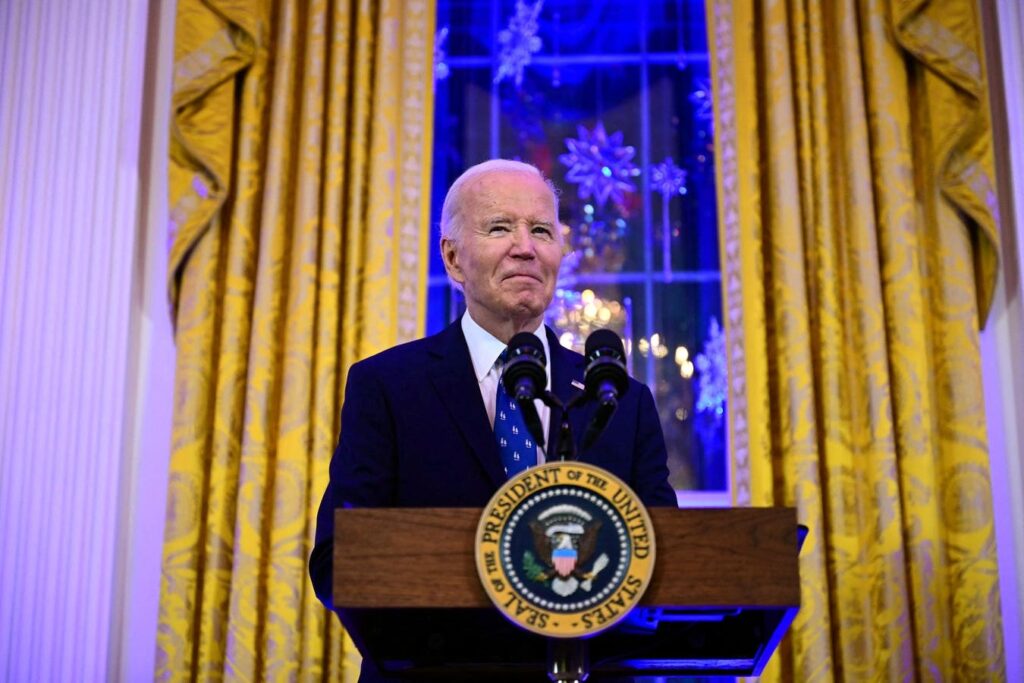On December 16, 2024, during a Hanukkah reception at the White House, President Joe Biden addressed the ongoing challenges related to federal student loan repayment plans. The Department of Education announced the re-opening of the Pay As You Earn (PAYE) and Income Contingent Repayment (ICR) Plans for new enrollees, despite existing legal challenges that have created some restrictions on these options. The new updated guidance confirms that borrowers can apply for various Income-Driven Repayment (IDR) plans, including PAYE, SAVE (previously REPAYE), Income-Based Repayment (IBR), and ICR, provided they meet the eligibility criteria specific to each plan. However, due to ongoing lawsuits, not all features or benefits of these plans may be fully operational.
The PAYE and ICR repayment plans had initially halted new enrollments in mid-2024 when the SAVE plan was introduced. However, the implementation of SAVE has been delayed due to court rulings, prompting the Department of Education to reactivate the PAYE and ICR plans to support borrowers wishing to utilize these options instead. The PAYE plan offers a more favorable repayment structure, capping payments at 10% of discretionary income (set at 150% above the poverty line) and allows for loan forgiveness after 20 years of enrollment for those facing partial financial hardship. On the other hand, the ICR plan has less generous terms, as it caps payments at either 20% of discretionary income or what would have been paid on a fixed 12-year plan, with forgiveness taking up to 25 years.
To facilitate this transition, the Department of Education has assured that student loan servicers, such as MOHELA and Aidvantage, are now processing repayment plan requests. They have indicated that servicers are beginning to process applications for IDR plans that were previously paused due to court orders. Furthermore, applications for recalculations under IBR, ICR, and PAYE are also being handled, though borrowers might face a backlog estimated to exceed eight weeks. During this processing time, the Department has introduced a provision for temporary processing forbearance that will allow for interest accrual for up to 60 days, with protections for Public Service Loan Forgiveness (PSLF) and IDR forgiveness eligibility during this period. If the 60-day window closes without a decision, borrowers will transition to a general forbearance, which would not accrue interest and would negate the time lost towards forgiveness.
The complexities surrounding loan forgiveness play a critical role in borrowers’ decisions regarding repayment plans. As it stands, loan forgiveness features under PAYE and ICR are effectively on hold, much like those under the SAVE plan. Only borrowers enrolled in IBR are currently being processed for forgiveness, as this was legislated independently by Congress. Should borrowers eligible for forgiveness hit their time milestones, they will be moved into an interest-free forbearance while they await further processing.
Given these developments, potential borrowers must contemplate whether applying for PAYE or ICR might be beneficial. For those currently in the SAVE litigation forbearance, which allows borrowers to pause payments without accruing interest, transitioning to PAYE or ICR might not be advantageous. Instead, borrowers are encouraged to leverage this time to stabilize their financial situation and prepare for future repayment obligations once payments resume. Conversely, individuals near the threshold for PSLF—with around 120 qualifying payments—might find merits in switching to PAYE or ICR if it could expedite reaching that significant milestone, especially if they are within approximately six months of qualifying.
For those with fewer than 100 PSLF-credited payments, the PSLF Buy Back option remains a challenging avenue. This allows borrowers to reclaim missing credits toward PSLF, but the requirements necessitate first reaching the 120-payment milestone. It may serve as a viable opportunity for borrowers at this juncture, though navigating the process could be cumbersome. In conclusion, understanding the intricacies of each plan is crucial for borrowers as they navigate these changing landscapes, recognizing that strategic decisions based on current situations and upcoming requirements are essential to ultimately achieving financial relief through loan forgiveness.

